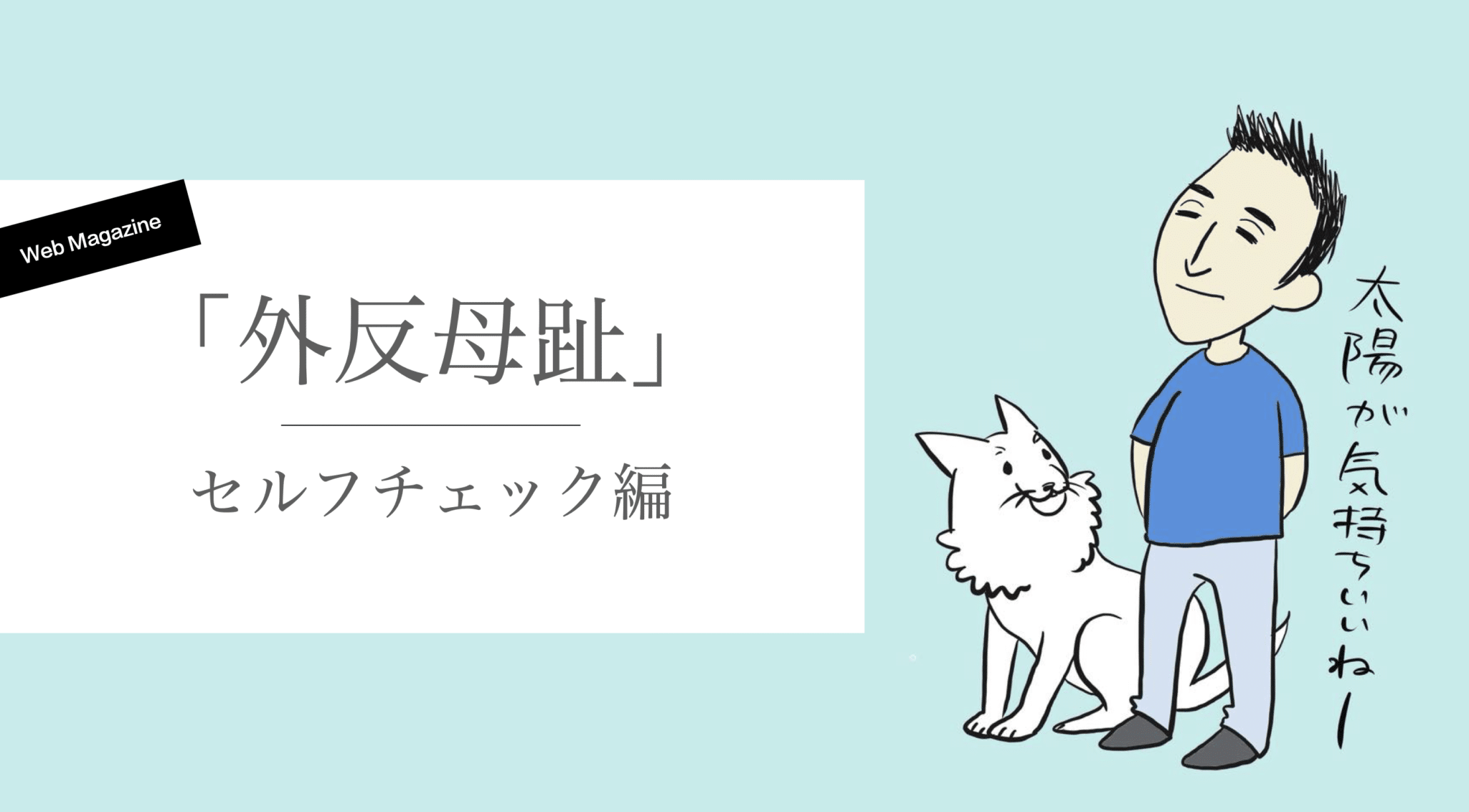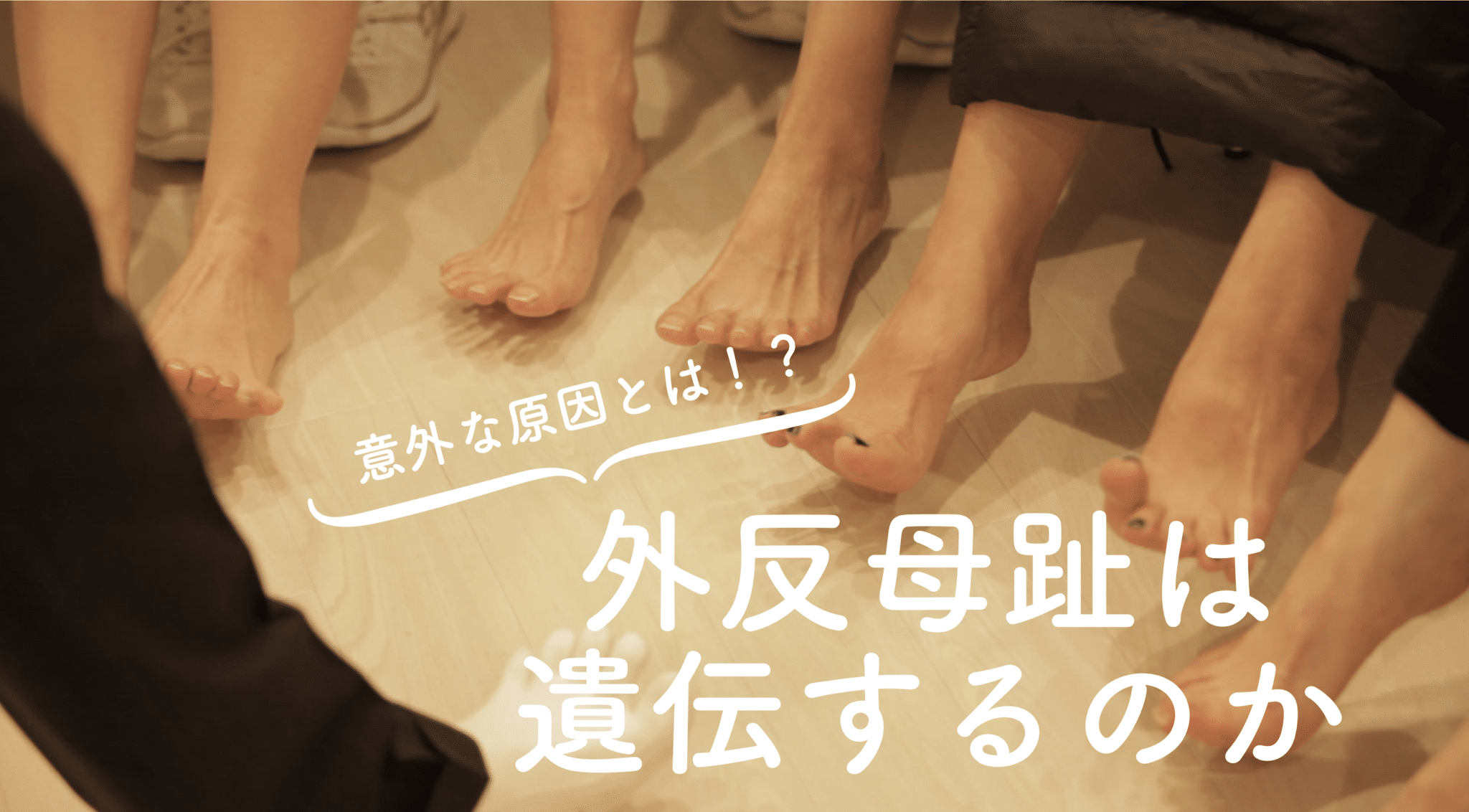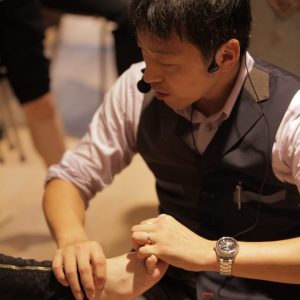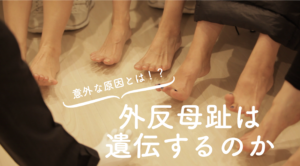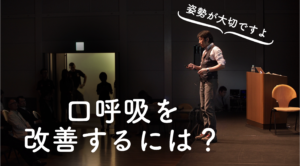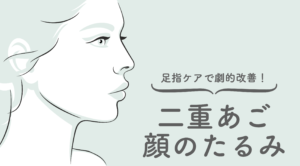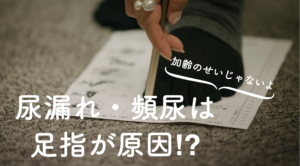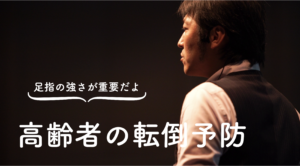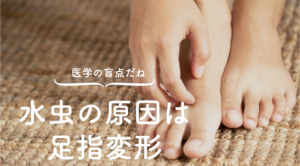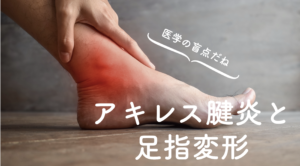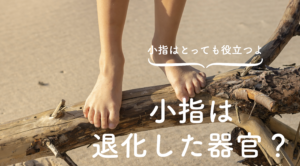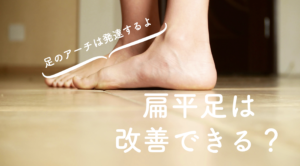questionI have a big toe: my mother and grandmother both had a big toe. Will I have a big toe too?
-Submitted by Mr. Kuboi of Tokyo, Japan
Commentary by a toe doctor

YOSHIRO YUASA
Keiro Yuasa
Physical Therapist, Doctor of Toes, Director of Toe Research Institute, President of the Japanese Society of Functional Foot and Toe Therapy, and developer of Halmek shoes. Former director, vice president, and medical director of General Hospital. His specialties are exercise physiology and anatomy. He is also a foot and shoe specialist and a leading expert in postural occlusion therapy. He has cured various orthopedic diseases (over 70,000 people) with toe therapy alone.
Our answer
Many people with bunions assume that because they had an elderly relative with a bunion, they are more likely to develop this foot problem. However, if everyone in the family wears tapered shoes, it cannot be said that the big toe is inherited. Shoes designed to hold the big toe in this shape for an extended period of time are a direct cause of most people's big toe. While some people may have soft tissue differences that predispose them to hallux valgus when wearing common shoes, few people actually have the genetic component that directly causes hallux valgus.
People are not born with a big toe. It is only after shoes with narrower toes are adopted that this deformity begins to take shape. Footwear more than a few years old is not designed for the normal human foot. In fact, the current system for determining proper shoe width (Brannock Device) fails most shoe manufacturers because it assumes that the foot should be widest at the ball of the thumb, not at the toe. Most footwear currently on the market does not conform to the original foot health and normal foot anatomy.
An interesting study related to this topic was published in the American Journal of Physical Anthropology in 2005, conducted by S.A. Mays, which investigated a condition called hallux valgus (the abnormal deviation of the thumb toward the midline of the foot, generally considered a precursor to hallux valgus ) was studied in two series of medieval skeletal remains, one from the early medieval period and the other from the late medieval period. The following is a summary of the study.
Hallux valgus is an abnormal lateral deviation of the big toe. The primary cause is biomechanical, specifically the regular use of footwear that constricts the big toe. In this study, descriptions of anatomical variations of the big toe from published cadaveric and clinical studies were used to develop criteria for identifying the condition in ancient skeletal remains. The value of systematic scoring of the big toe in paleopathology was illustrated using two English skeletal systems, the early and late medieval. The big toe was restricted to late medieval burials. This appears to be consistent with archaeological and historical evidence for the growing popularity of thin, pointed shoes with tight toes (at least among the wealthier social classes) in the late medieval period.
Paleopathological Study of Hallux Valgus AMERICAN JOURNAL OF PHYSICAL ANTHROPOLOGY 126:139 -149 (2005)
This study using ancient skeletons points out that before people started wearing shoes that constricted the toes, they had excellent alignment of the toes, including the thumb. This is a common sense conclusion relevant to the current debate about big toes and genetics.
Can't wear fashionable shoes?
So the question is, what to do if you must wear pumps to work? Certainly shoes that constrict the toes are one of the factors that contribute to bunions. However, some people can wear pumps all day long and not get bunions.
Until now, the factor that caused bunions was "shoes that constrict the toes". However, our research has proved that the real cause of big toe is "weakness of toe muscles" and we have published the 2014The Japanese journal of physical therapymagazine. In other words, if you can regain or keep your foot muscles strong, you will not get bunions and your bunions will get better even if you continue to wear pumps.
Proof of this has been neatly demonstrated as cases of improvement of hallux valgus in our clinical practice. If you have to wear pumps for work or want to enjoy fashion on your days off, please set aside 20 to 30 minutes once a day to train your toes and foot muscles. That way, even if you wear pumps, you can prevent as well as improve the big toe.
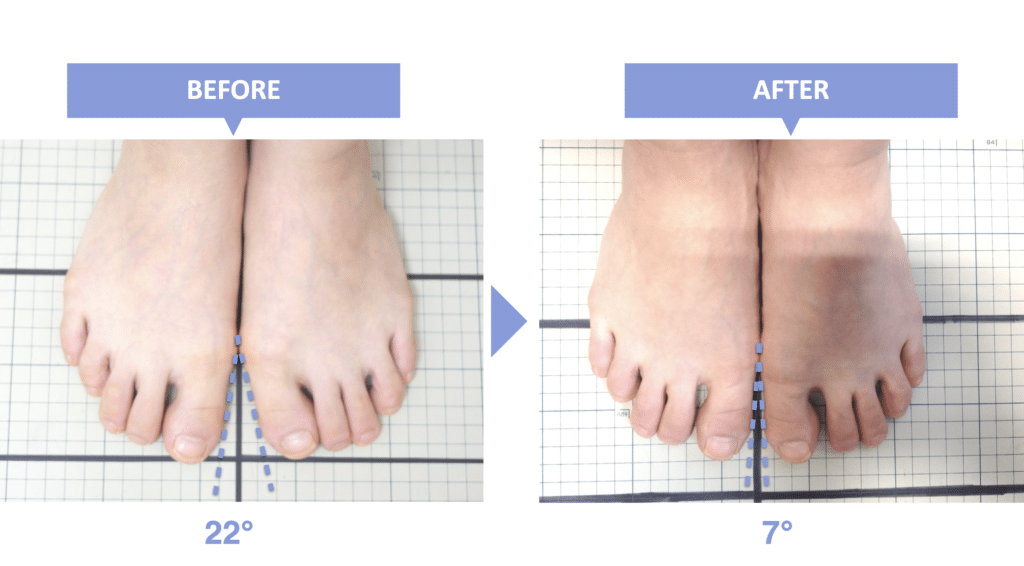
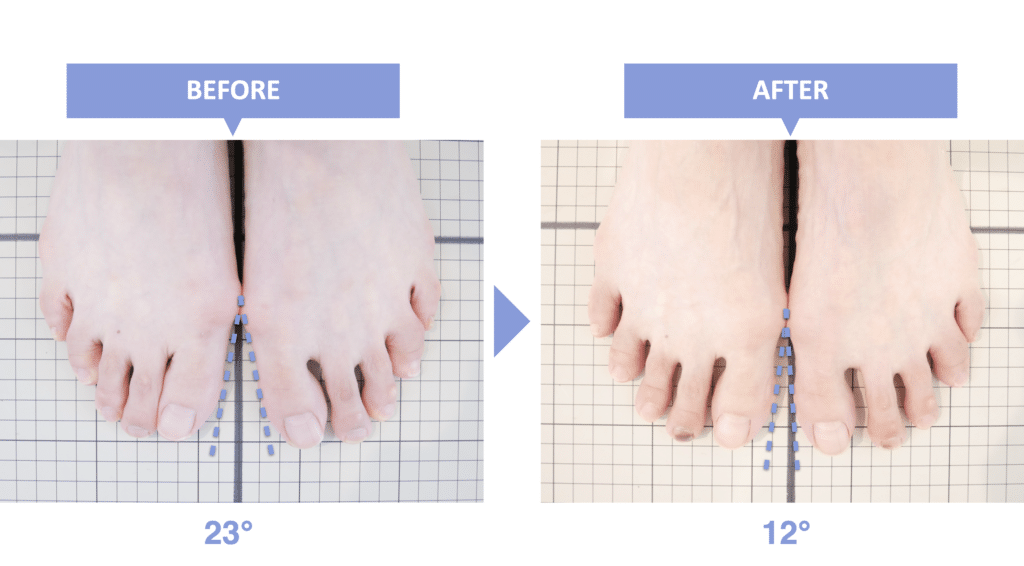
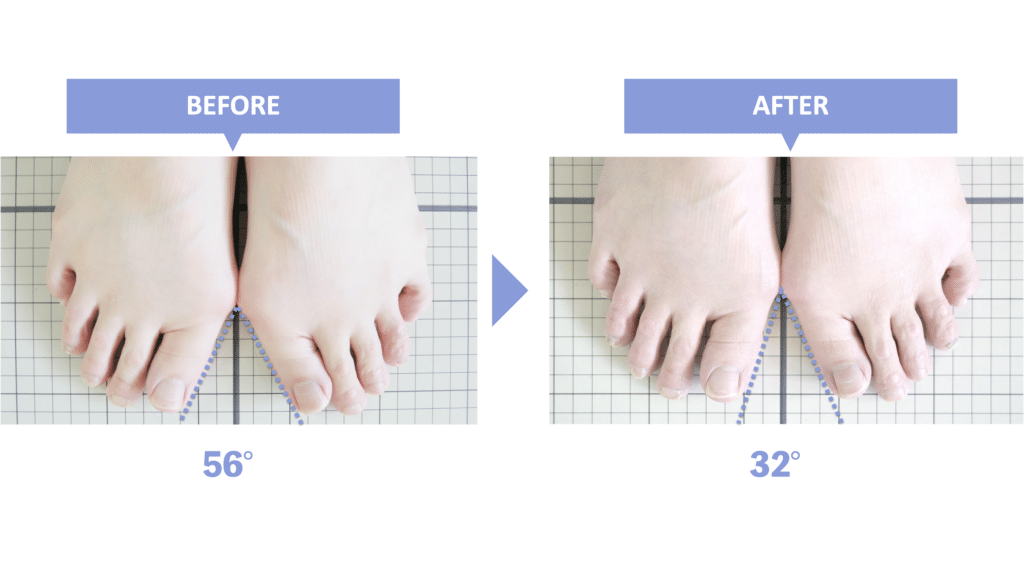
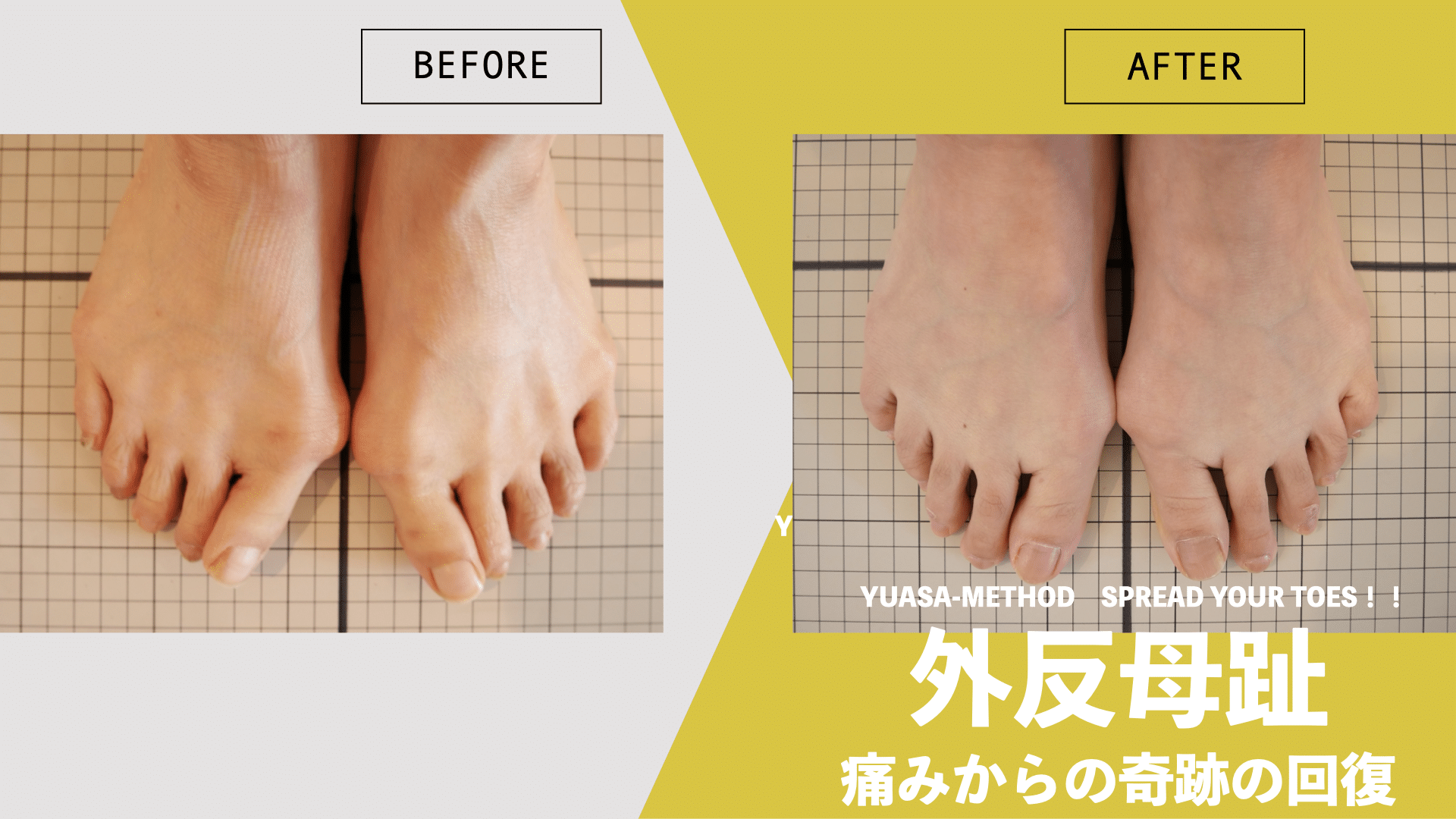
Here are some resources that describe different approaches to addressing or preventing bunion problems.
